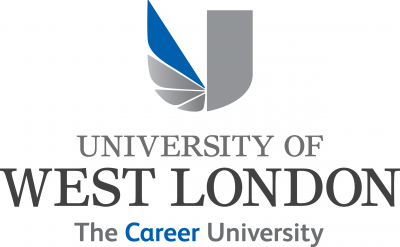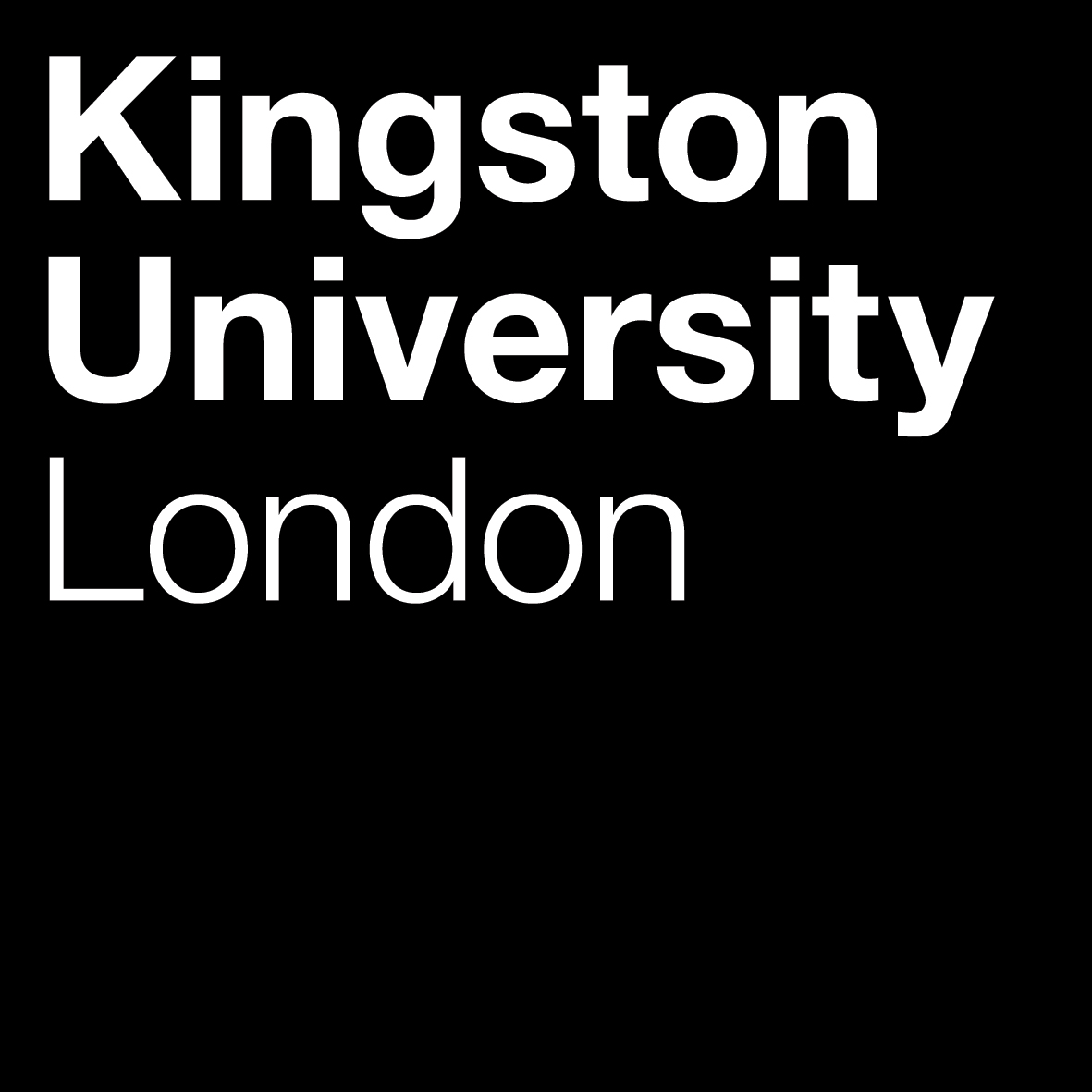1st February, 2023
Transitioning Beyond Academia
Dr Gemma Outen
2nd June, 2020
Dr Rebekka Kill
Right then. What shall I do today? And what about tonight? What are my options?
Well, I could go on a walk. I know some really good walks now; long walks, through bluebell woods, past streams. I’ve got the hang of the walkers etiquette. Stand to one side, say hello, thankyou, smile, breathe in as others pass. I could do some gardening or a bit of DIY, but B & Q is a special kind of hell made of angry tradespeople, staff driven to extremes by increasingly complex distancing rules and exasperated shoppers who after queuing for over an hour are facing empty shelves and compromise. I could do some online shopping, but I don’t really need anything, and I’ve spent too much recently anyway. I could watch a film or a box set, but I’ve already done the tiger one, and the third season of whatever. Maybe I could phone someone? “So, what have you been up to?” “Hmmm, not much, you?” There’s loads of work I could get on with, and family stuff to juggle. But I need a treat, a break from it all, how about a take away? “Again?” Say the kids. “I’m trying to be healthy Mum!”
I’m so so bored. OK, so what’s happening on social media: Facebook, Twitter, Instagram? Dolphins in Venice, really? Huge queues at KFC? So what. Everybody being a DJ, a quizmaster, lipsyncing, baking, foraging, making art, making music, making films, campaigning, fundraising, getting really angry, being political, being judgmental, educating, recommending, sharing information and misinformation, catastrophising, being kind. Hang on a minute, this is actually quite interesting and there’s a whole lot of art happening.
White box and black box spaces, clubs, events and festivals are crippled. Many won’t survive the pandemic. So where is art happening? It’s in our homes, and it’s online. So all this stuff on social media is a mix. A real mix of professional and amateur, of experts and of novices, of art and other stuff. It’s all very blurry and getting blurrier.
Social media usage has significantly increased across all countries, and demographics, during lockdown. People need people; interaction, conversation, relationships, but it’s not just that. There’s also a vast amount of information, and misinformation, sharing. There is a huge, and growing, amount of practice and making. But, what I’m interested in is, what are the consequences for the arts? Both making art and experiencing art? What might happen in terms of the what, the where and the who of the arts because of all this?
Nicolas Bourriaud describes a mode of art making called relational art. He states that this is ‘art as a state of encounter’ (Bourriaud 2002: 18) This type of practice is ‘art taking as its theoretical horizon the realm of human interactions and its social context, rather than the assertion of an independent and private symbolic space’ (Bourriaud 2002: 14). In recent years relational art has proliferated in spaces such as galleries, museums and theatres but as Bourriaud states it also exists in ‘meetings, encounters, events, various types of collaboration between people, games, festivals, and places of conviviality’ (Bourriaud 2002: 28).
Perhaps what is happening on social media platforms is a form of relational art. Collaborative, convivial and focussed on the realm of human interaction. In this newly hyperpopulated space on social media relational art can proliferate, artists who were not previously thinking in relational terms can branch out into new modes of production, adapting and shifting their practice, making their work in a more inclusive (and potentially populist) way. But this is at a micro level, what about the macro? It’s the what the where and the who, but what about the impact of this? Could there be bigger and broader consequences of lockdown both for artists and practice?
For Mikhail Bakhtin heteroglossia is a mix of world views and languages that is also dialogic. Each language is viewed from the others’ perspective. And in a heteroglossic system meaning floats, at a point between reader and writer, speaker and listener, musician and artist, performer and audience. When creative and critical languages are brought together in a new community of practice, expertness and authority are challenged, these languages begin to mutate. But,
Heteroglossia is not characterized solely by the ability to process multiple languages. It is not enough to quote, cite or simply reproduce those ‘alien languages’ (Bakhtin, 1981: 366) that are incorporated into a text. What is vital is that the languages be viewed from each others’ perspectives, that they be ‘hybridized’ so that an ‘interminable’ dialogue is created (Morson and Emerson, 1990: 314)
We can think about social media communities on Facebook,Instagram and TikTok as a heteroglossic stew. And this heteroglossic stew is generative. It’s an interminable dialogue that has been catalysed by lockdown and multiple exciting mutations will inevitably emerge.
Bibliography
Bakhtin, M. M. (1981). The Dialogic Imagination: Four Essays. Edited by Michael Holquist ; translated by Caryl Emerson and Michael Holquist. Texas: University of Texas Press.
Bourriaud, N. (2002). Relational Aesthetics. Dijon: Les Presse du Reel.
Kill, R. (2015). The artist at the music festival: art, performance and hybridity in McKay, G. (2015) ed. The Pop Festival: History, Music, Media, Culture, pp75-86. London: Bloomsbury
Morson, C. & Emerson, G. (1990.) Mikhail Bakhtin: Creation of a Prosaics. Stanford:Stanford University Press.
You've been waiting for it and our May newsletter is here! -> bit.ly/3M9ICG6 pic.twitter.com/Iug9eWimQQ





